Nazaré was one of the first places I visited in Portugal some years ago. At the time, it was a small and peaceful fishermen’s town wrapped in seagulls’ laughs and thick morning fog. Who could have thought that one day it would become a world-known capital of the biggest waves on Earth?
More info: gigantesdenazare
Due to the largest submarine canyon in Europe, surfers are catching the biggest waves on Earth in Nazaré
Image credits: drivemetotheocean
Nazaré is a Portuguese town and municipality located in the Oeste region, less than 90 minutes north of the capital, Lisbon. The town consists of three neighborhoods: Praia (along the beach), Sítio (an old village on top of a cliff), and Pederneira (another old village on a hilltop).
The Miracle of Nazaré tells a legend from the 1180s of Fuas Roupinho, who was riding his horse when he saw a strange black figure passing by. As he thought it was a deer, he started to chase it, but the prey suddenly disappeared at the edge of a cliff. Roupinho and his horse were about to fall into the abyss when he begged for help from the Virgin of Nazaré, and he was stopped and saved just in time.
Due to the memory of this miraculous moment on the cliff, a chapel was built. It became a known pilgrimage site over the centuries, and even explorer Vasco da Gama is said to have passed by in the 15th century.
Later on, to combine the legendary origins of Nazaré and its recent accomplishment as a world-class surfing destination, Agostinho Pires and Adália Alberto collaborated to create a statue known as Veado. It stands tall on the road to the lighthouse, which has been captured in so many images of surfers riding monster waves.
From its origins as a sleepy fishermen’s town, Nazaré became the hottest spot for the most well-known surfers
Image credits: drivemetotheocean
Image credits: Marina Maliutina
Image credits: Sven
While the first surfing references were found a long time ago in Polynesia (cave paintings from the 12th Century showed people riding on waves), in Nazaré, wave riders only came around the 1960s because, until then, people lived exclusively from fishing. Yet, even at that time, locals were aware of dangerously huge waves: “It was known worldwide precisely for death. For the harshness of the sea,” said Jorge Barroso, the former Mayor of Nazaré.
With time, the main local industry started to face fish population problems, and people had to find another source of income. That’s how tourism took over and how people from all around the world started to discover the magic spot of giant waves.
Waves in Nazaré can reach up to 30 meters
Image credits: Gil Ribeiro
Image credits: drivemetotheocean
In the late 1960s, American surfers finally started to visit Nazaré during the calmer summer months, mainly to ride waves that break along Nazaré’s main beach, Praia do Sul (South Beach). Due to rough conditions, they avoided the beach on the other side — Praia do Norte — leaving it mainly for local board riders.
The reason why the waves are so big and break so roughly is the Nazaré Canyon. It is the largest submarine canyon in Europe, reaching depths of up to 5km and lengths of about 227 kilometers.
The origin of the Canyon is still covered in mystery because it belongs to a complex geological area, yet some researchers believe that it might be related to the Nazaré fault, a fracture zone with movements that can cause earthquakes.
Nazaré Canyon functions as a ripple polarizer. Large offshore storms in the Atlantic Ocean can cause strong swells when they have a high period and a Northwest (NW) direction. The Nazaré Canyon divides the swell into two distinct parts: a swell funneled by the canyon channel and another swell beside the canyon. When these two swells meet again closer to shore, they collide, causing a constructive triangle interaction that considerably amplifies the final size of the waves. Also important to mention is that sometimes the current coming from the beach in the opposite direction adds a few more meters to the waves.
The giant waves of Nazaré are formed in the depths of the ocean in a giant hole known as the Canhão da Nazaré
Image credits: World Surf League
While the video explains the Canyon part, these are the conditions for the giant wave to be born:
- The wave period should be equal to or greater than 14 seconds
- The wave size should be greater than 4 meters (for the Nazaré area)
- The Northwest (NW) swell direction should be ideal
- The wind should be from the direction of the Northeast (NE) quadrant ideally or North (N)
And, of course, the most important ingredient is the strong storms in The Atlantic Ocean that usually occur in the autumn/winter period.
Image credits: Adobe Stock
Nazaré’s Canyon wasn’t always a big spot, and Nazaré’s renaissance as a big-wave surfing destination didn’t happen until the mid-2000s. At this time, Hawaiian big-wave surfer Garrett McNamara was told by local Portuguese bodyboarder Dino Casimiro that, every winter, Praia do Norte had enormous waves and encouraged him to come to Portugal to tame them.
Intrigued but skeptical, McNamara took a flight to Portugal and couldn’t believe what he saw: 15m and higher waves stormed in endlessly from the horizon towards the shoreline. “I’ve seen some big waves at Mavericks and Jaws,” said McNamara. “But I’ve never really seen bigger waves than I’ve seen here,” he added.
While in most other places across the world, the ocean floor is hard rock or coral reef, Nazaré waves break over sand. “It’s all sand. You’ve got a deep canyon, you’ve got a shelf and you’ve got swells coming across both. When everything comes together, magic happens,” McNamara shared in an interview with RedBull.
In 2011, McNamara returned to Portugal and took a giant 24m wave that not only earned him a Guinness World Record but also put Nazaré in history as the biggest wave surfing spot.
Nazaré became a favorite surfing destination for Justine Dupont, Natxo González, Lucas ‘Chumbo’ Chianca, Kai Lenny, and many others. “There’s a kind of magic about Nazaré. It’s weird, kind of scary. It can be like paradise — and evil,” says Dupont.
“For me, it’s like the ocean is a battery pack,” shared Lenny. “I get energy from being in the water, and when I’m not, I don’t have that same spark. The light in my eye dims, maybe. I think for my soul itself, there’s no better feeling than riding a wave.”
In 2016-17, the World Surf League held its first-ever big-wave event: the Nazare Big Wave Challenge. In 2019-20, the WSL launched the Nazare Tow Challenge, making a small fishermen’s town known worldwide.
Current Guinness World Record for the biggest wave ever surfed belongs to Sebastian Steudner, after riding a 26.21m high wave at Nazaré on October 29, 2020. He not only holds the record but also is looking to science and technology to chase a new high: “With the world record wave I realized I’ve reached a limit for how fast my board can go,” said Steudner.
“Speed is so important to us because the bigger the wave, the more speed I have to have to get away from it. The power of the wave is an absolute force, like having several buildings pushing you. Together with Porsche, we asked ourselves how we could make the board faster and more stable,” added the athlete.
Nazaré’s most famous surfers, like Dupont, Steudner and McNamara, have purchased homes in Portugal to make sure they won’t miss the giant waves
Image credits: Olympics
Image credits: Olympics
Image credits: Olympics
After many years, scientists have proven that catching waves works like medicine: it helps to deal with depressive symptoms, negative thoughts, insomnia, irritability, anxiety, and bipolar disorders. “If you’re having a bad day, catch a wave,” Frosty Hesson once said. I guess you just have to be a bit more careful when you’re trying to ride one in Nazaré.
People shared their excitement about the magical giant wave destination
..I wish I was there now too! 😭🫶🏼🌊 It's always a pure magic to be there!
Load More Replies...I like posts like this, about cool beautiful places on earth 😊 such a nice break from all the politics and bad news. Thank you!
...couldn't be happier to hear it! ☺️🌊✨
Load More Replies...The documentary "100 Foot Wave", about this very place, is a great watch. Billed as a thriller! Highly recommended even if you don't surf. That nature creates these monstrous size waves is beyond belief...and that (crazy) people surf them.
Thank you! Definitely will watch ☺️🌊✨
Load More Replies...Wow, this was a fascinating article. I cannot imagine anybody riding a 26 meter wave- that is absolutely insane. I would love to visit one day and watch the surfers!
...I definitely recommend to do so! And yes, the big waves are real no matter how crazy it sounds 🌪 🌊 Nazaré can also have very calm ocean therefore if you'll decide to come, the best timing is usually in October/November ☺️
Load More Replies.....I wish I was there now too! 😭🫶🏼🌊 It's always a pure magic to be there!
Load More Replies...I like posts like this, about cool beautiful places on earth 😊 such a nice break from all the politics and bad news. Thank you!
...couldn't be happier to hear it! ☺️🌊✨
Load More Replies...The documentary "100 Foot Wave", about this very place, is a great watch. Billed as a thriller! Highly recommended even if you don't surf. That nature creates these monstrous size waves is beyond belief...and that (crazy) people surf them.
Thank you! Definitely will watch ☺️🌊✨
Load More Replies...Wow, this was a fascinating article. I cannot imagine anybody riding a 26 meter wave- that is absolutely insane. I would love to visit one day and watch the surfers!
...I definitely recommend to do so! And yes, the big waves are real no matter how crazy it sounds 🌪 🌊 Nazaré can also have very calm ocean therefore if you'll decide to come, the best timing is usually in October/November ☺️
Load More Replies...
 Dark Mode
Dark Mode 

 No fees, cancel anytime
No fees, cancel anytime 






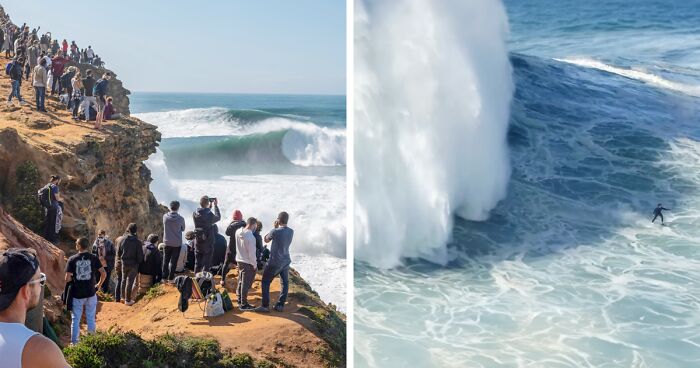
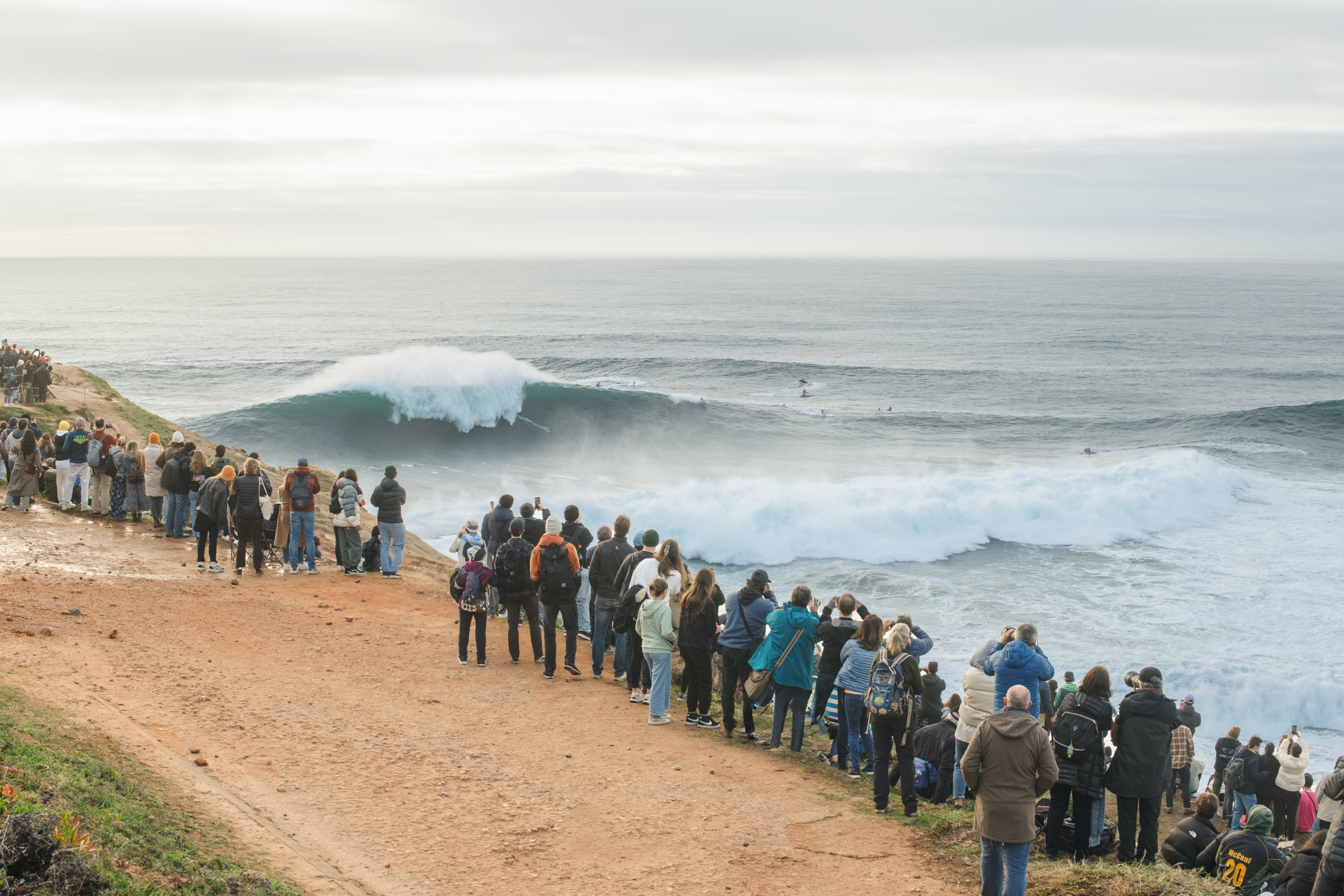
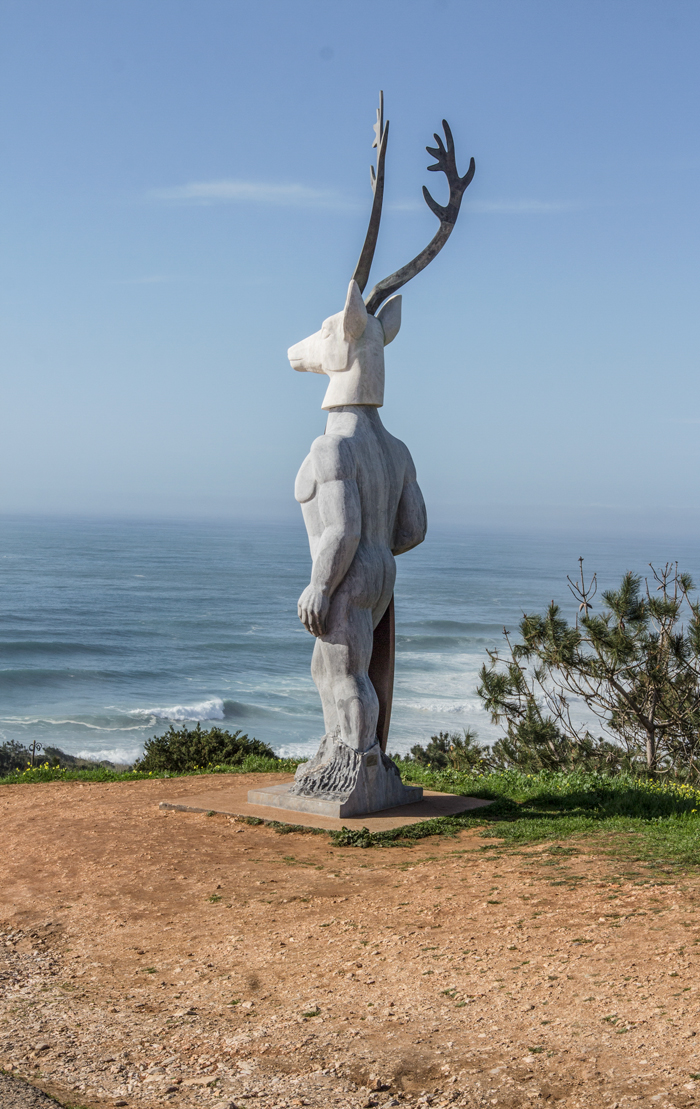
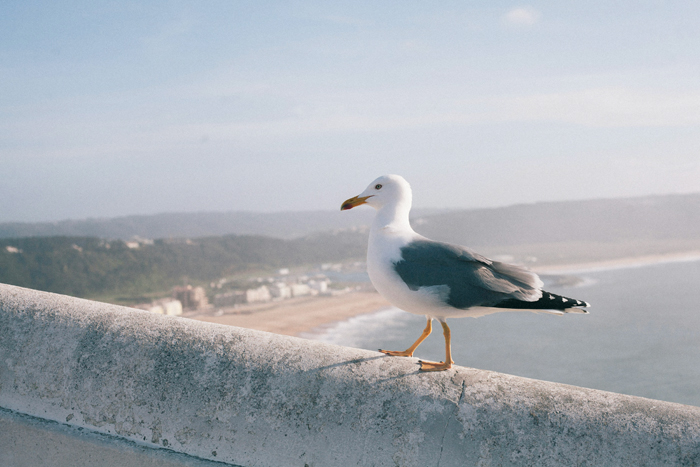
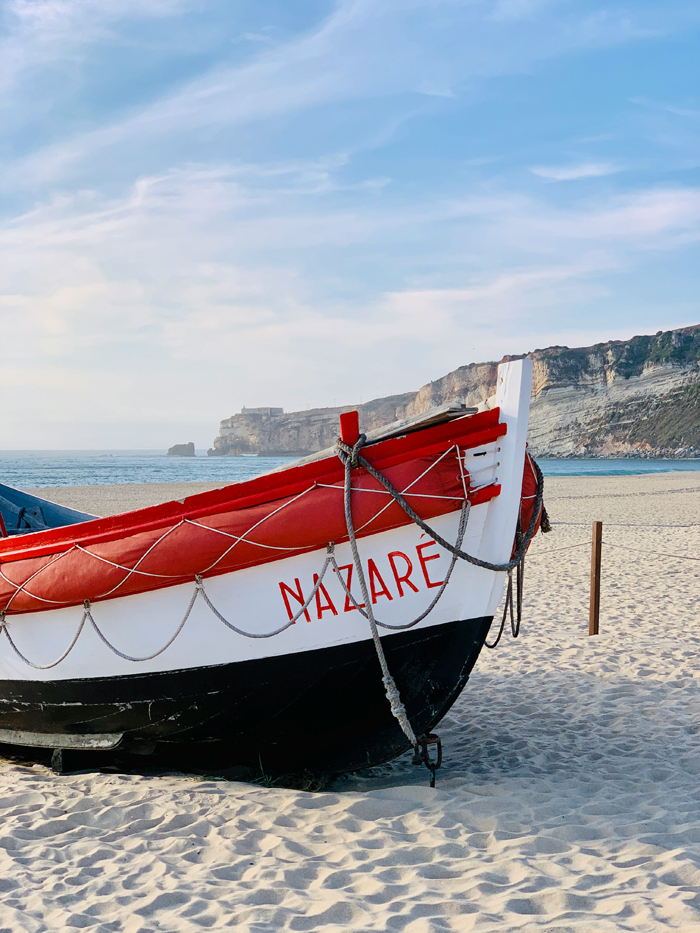
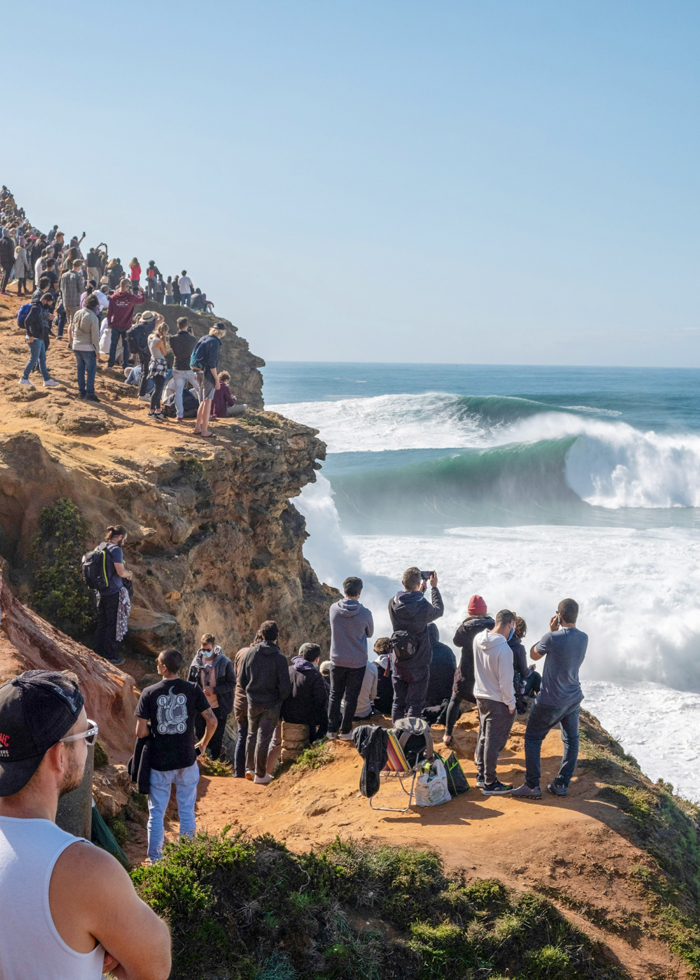
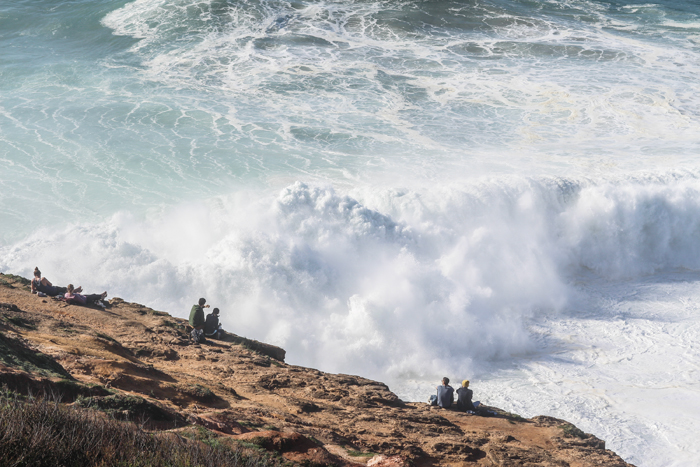
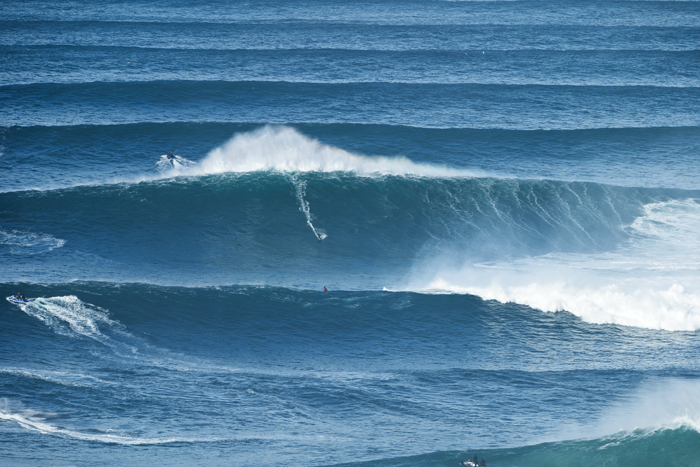
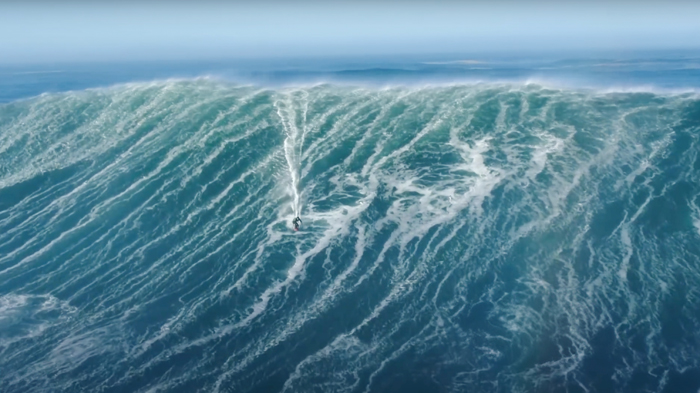
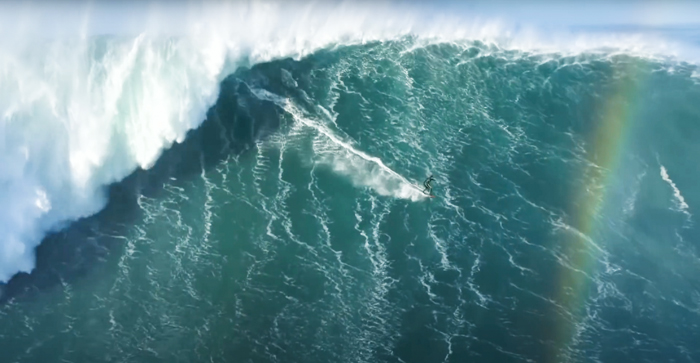
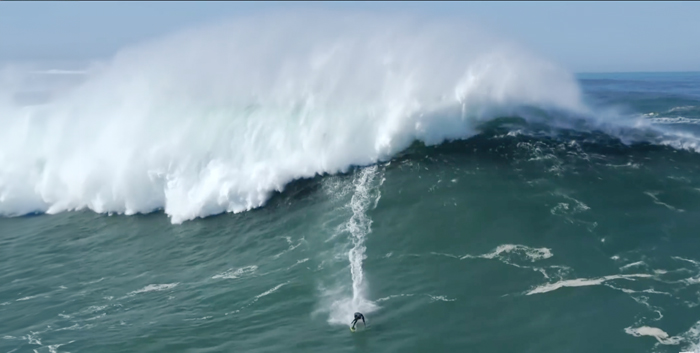


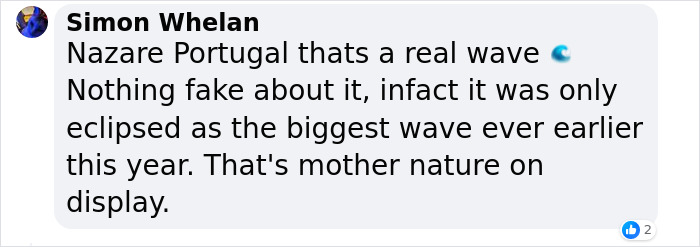

















































58
9